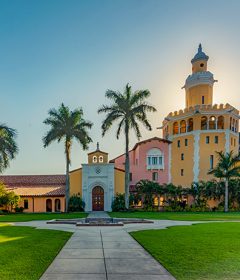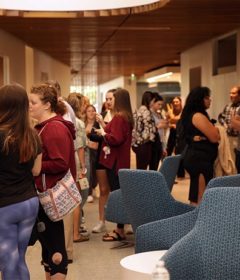Stetson economics professor awarded virtual reality grant
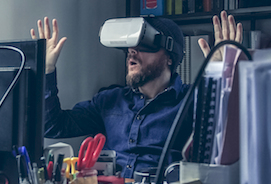
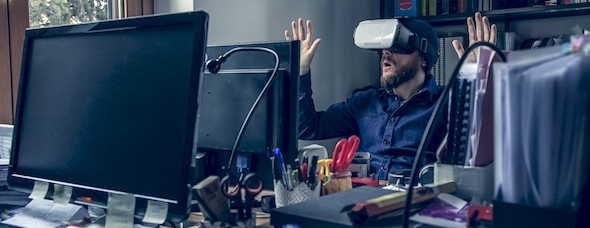
Walk into Alan Green’s International Economics class this fall and students will be geeked out in goggle-like, headset contraptions, looking as if they stepped out of some sci-fi film.
But Green’s students actually will be stepping into the world of virtual reality, thanks to a grant awarded to the Stetson Chair of Economics.
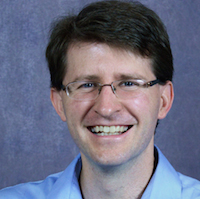
Green, Ph.D., assistant professor and chair of Stetson’s Economics Department, is one of just 50 instructors at elementary, secondary and post-secondary schools around the world to be awarded as part of the inaugural Virtual Reality Grant Program founded by Nearpod. The education technology company develops digital learning tools, virtual reality and interactive content for use in classrooms.
Green, who also is director of Africana Studies at Stetson, will have access to Nearpod VR headsets and more than 25 VR-based lesson plans. The grant also includes professional development, one-on-one support services and a Nearpod license for the university.
As a teacher and research economist, Green focuses on international development, trade and poverty, but he also conducts research on effective pedagogy. That research led him to use a Nearpod teaching app this past year.
“I can use their app and put questions in it and build in presentations, quizzes, activities, all sorts of things,” Green said. “During class I’ll be lecturing, but then I’ll mix in questions that students answer on their phones, laptops or whatever. Rather than them passively sitting there, they’re being forced to hear something and answer a question about it. So they have to think about it, process it and hopefully understand it.”
When Nearpod announced it was accepting applications for its new virtual reality grant program, Green readily saw the potential for use in his International Economics and Essentials of Economics II classes.
“Nearpod is pushing what they call virtual reality field trips,” Green said. The goggle-like VR headsets use video, audio and even interactive capabilities so that “you can take a virtual trip somewhere. My field research is in economic development, studying poor countries around the world and how they can grow. So we can take a trip to a country in sub-Saharan Africa and get a really strong visual of a village, what people live like, what their houses are like. That makes a lot stronger impression than me just giving students numbers on GDP per capita.”
Along with the benefits of virtual reality field trips, Green’s grant application also proposed that VR technology could vastly enhance online teaching.
“I’ve done some online teaching and didn’t particularly enjoy it because there’s a separation,” Green said. “You’re not interacting with students in real time. With virtual reality, we could have a class and physically be anywhere in the world, but then we all put on our headsets and we come into a virtual classroom and we can teach and learn that way.
“One of the valuable things Stetson offers is small classes and interaction with professors. Virtual reality online learning could be a lot closer to the classroom experience.”
Green said he will “get to play around with the headsets this summer and see what we can do. This fall it’s not going to be in every class, it’s not going to be full time.” But he plans to “find instances where students can take a virtual trip during class.”
More than 300 schools applied for the Nearpod grants, which were awarded to schools across the United States as well as in Nigeria, Japan and Spain.
by Rick de Yampert


